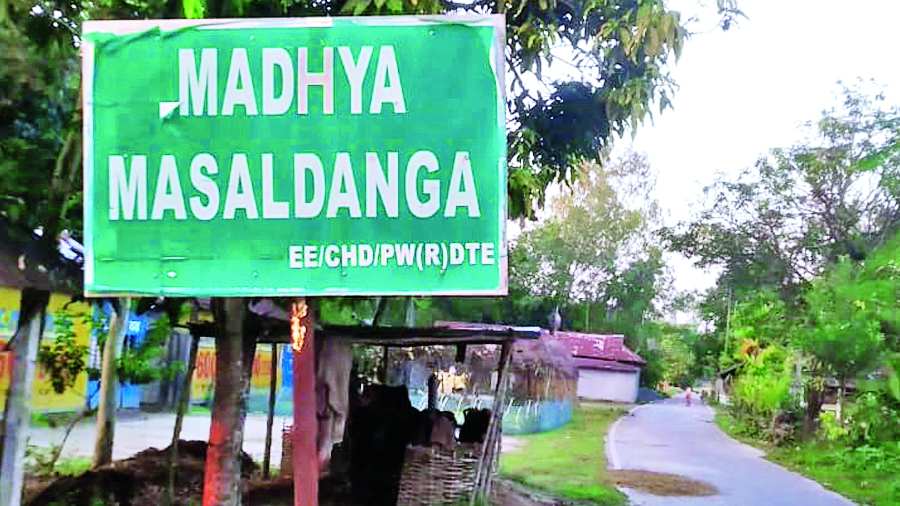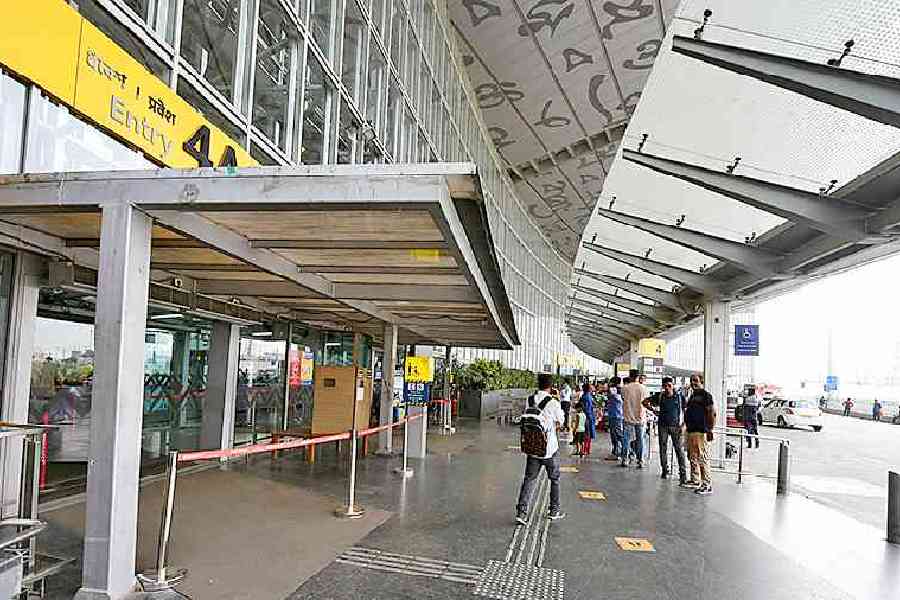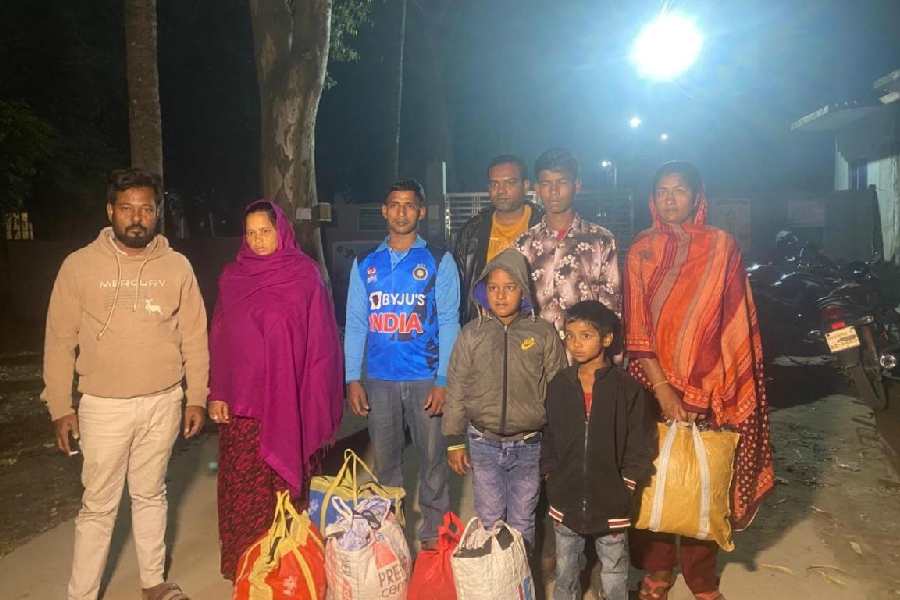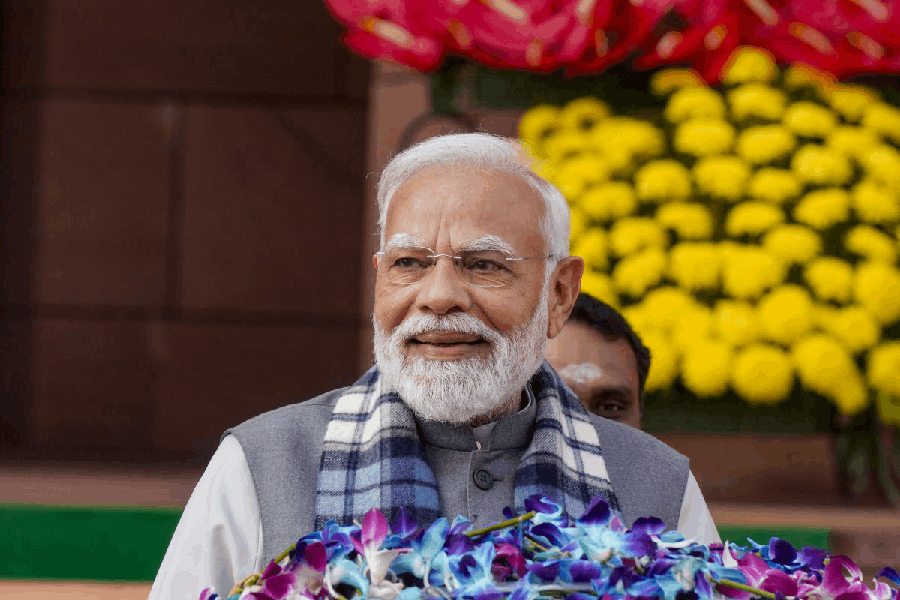Over 14,000 persons who had chosen to stay back in India and embraced Indian citizenship instead of returning to Bangladesh are grappling for seven years to get proper documents of their land.
On July 31, 2015, 51 Bangladeshi enclaves, all of which were located in Cooch Behar district, merged with the Indian mainland, courtesy the land boundary agreement (LBA) signed between the two countries.
In a similar manner, 111 Indian enclaves, landlocked within Bangladesh, merged with its mainland.
According to the LBA, the enclaves are Indian villages now. But most of the families have not yet received documents of their land from the district land and land reforms department of Cooch Behar. Those who have received the papers have pointed out errors in the documents.
“As a result, these families are facing inconveniences and many of them are not getting the financial assistance which is provided by the central and state governments to farmers,” said Jainal Abedin, a youth residing in Madhya Mashaldanga, a former Bangladeshi enclave which is now a village under Dinhata sub-division of the district.
Because of the LBA, 7,110 acres of Bangladeshi land merged with India. Bangladesh got 17,160 acres of Indian land.
Rehman Ali, a resident of Poaturkuthi, a former enclave in Dinhata-II block, said that after the merger, only a few of his neighbours had received land documents.
“Even in those documents, there are major mistakes. Either the measurement of land is less or the landholder’s name or father’s name is wrong. We know when all of us will receive the documents and that too without errors. We can’t sell our land or put it on mortgage for loans if we urgently need money for any reason at this point,” said Ali.
Azizar Mian, a farmer living in Nalgram, a similar village which was earlier a Bangladeshi enclave, said his family has been farming on ancestral land which measures around seven bighas (140 cottahs).
“We have old documents to validate our claim. But the ‘khatian’ (a document mentioning the record of rights) that I have been provided by the block land and land reforms department shows that my family owns only 10 cottahs of land. I don’t know whether I will get documents of the entire land,” said Mian, whose village is now under Sitalkuchi block in Mathabhanga sub-division of Cooch Behar district.
Senior officials of the district administration, when asked about the issue, said they had taken up the task to provide appropriate land documents to each of the families in all the 51 former enclaves.
“Initially, there might have been some errors in the ‘khatians’ but hearings are being held to make necessary rectifications. The process is on,” said an official.
There is another side to the agreement.
After the LBA, all the residents were offered the option to take citizenship of either country, India or Bangladesh. None from the Bangladeshi enclaves returned. However, around 900 Indians, staying at the enclaves in Bangladesh, came to India where they stay in settlement camps sponsored by the central government and set up by the state government. These 900 Indians, however, have no land problems.










